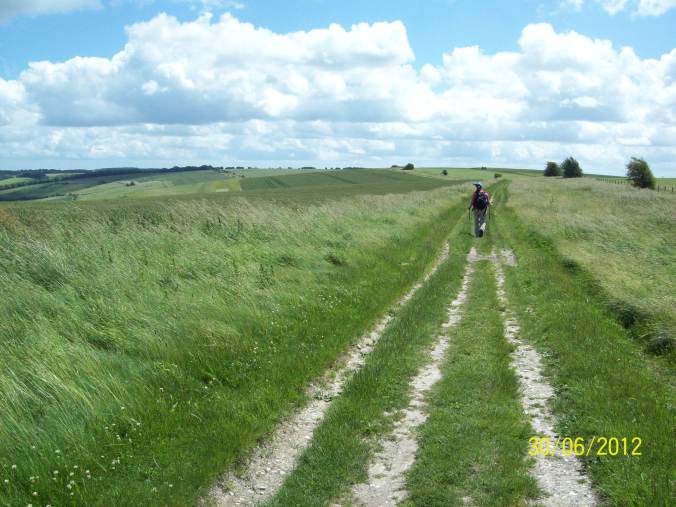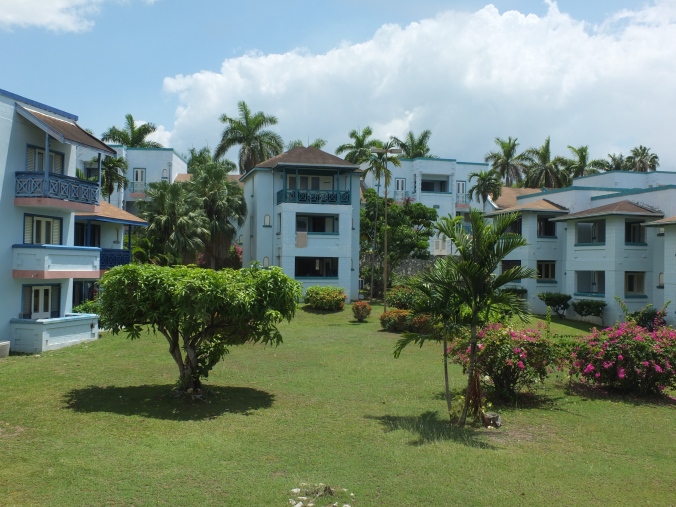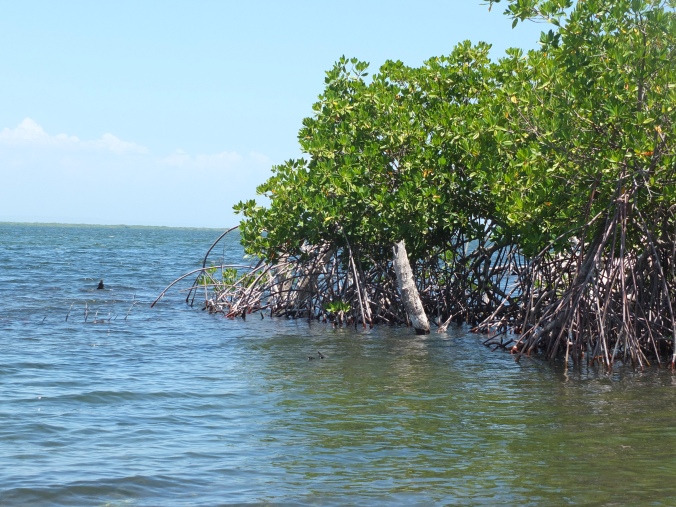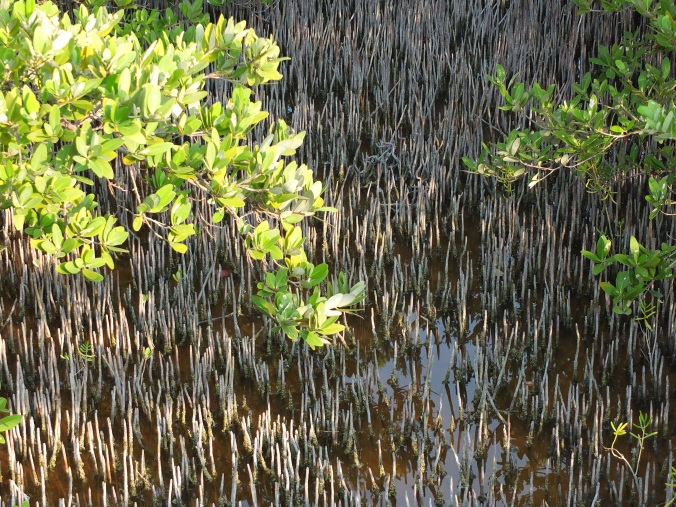 I’ve been to Belgrade once before on a train. I remember rolling into the busy station and watching throngs of people spill out on to the platform. We had recently arrived in Yugoslavia and, for the first time, had crossed the great divide between Western Europe and the Communist Bloc. It wasn’t quite the black and white world of old photographs that I’d imagined, but it was distinctly different, like I had traveled back in time 30 years. Everything seemed strangely otherworldly: the uniforms, the faces, the ubiquitous portraits of Tito, the Cyrillic signage and the distinct absence of English.
I’ve been to Belgrade once before on a train. I remember rolling into the busy station and watching throngs of people spill out on to the platform. We had recently arrived in Yugoslavia and, for the first time, had crossed the great divide between Western Europe and the Communist Bloc. It wasn’t quite the black and white world of old photographs that I’d imagined, but it was distinctly different, like I had traveled back in time 30 years. Everything seemed strangely otherworldly: the uniforms, the faces, the ubiquitous portraits of Tito, the Cyrillic signage and the distinct absence of English.
We were on our way to Athens, so we stayed put as the train waited for half an hour for everyone to embark. Vendors with carts and trays cruised past the carriages and waved up at us from the platform. One guy looked at our foreign faces and yelled “Cheez Pie” in English. He was carrying giant, round pies wrapped in greaseproof paper. I pushed down the heavy sash window and bought one, and then ate it hungrily, amazed at the size and delicious, greasy foreignness of it. That cheese pie is my biggest memory of Belgrade. I was 20 years old.
Serbia, the world, and I have all changed a lot since then. Now, two months before we leave Kingston, its time to re-learn the little that I know about Belgrade and perhaps expand my knowledge beyond the communist era train station. So I asked Google: What’s the city like? What is there to do? Where to go? What its like to live there?
I learnt that Belgrade, broadly speaking, is split into two halves: the old city with more traditional architecture and narrow streets, and New Belgrade, with more utilitarian, communist-style residential communities. Twenty years after the Balkan war, the city has rebuilt but there are still pockets of destruction and ruined buildings awaiting demolition. I’m excited to learn that it seems to be a very walkable city. Firstly there are sidewalks, which I greatly miss, and there seems to be an abundance of parks compared to anywhere else that I have lived other than London. There’s also a good public transportation system, affordable taxis and perhaps river trips, which sound cool. Belgrade also seems to have lots to do. There seems to be a different themed street festival going on every other week: beer, cheese, wine…. They seem to take Christmas seriously too, with German-style Christkindlmarts popping up around the city.
The country has four seasons, cold winters (with snow), hot summers and mild spring and fall weather. When we tell people where we are going next, they say “Oh, that’s really different. Its sooo cold there….brrrr.” If this was just Jamaicans, I’d understand. But it seems to be practically everyone, including people who don’t really know where it is! We think they may be confusing “Serbia” with “Siberia”, as we don’t get the same reaction if we just say, “We’re heading to Belgrade.” I’ve been spoilt with all this tropical living and, although I remember how fantastic the spring can be after the long winter months, I also miss wrapping up and getting out in the cool and cold. Four seasons will be a pleasant change.
Produce, or green markets as they are called in Belgrade, are everywhere selling seasonal produce, which I expect to be every bit as good as Greece. That is exciting for me. I get excited about vegetables!
Everyone in the Foreign Service community that has lived or worked there tells me they loved it. Its central Europe location makes other travel easy – Belgrade is close to the Hungarian and Romanian borders, as well as the other ex-Yugoslavian countries, and about a 13hr drive to Greece if we are feeling adventurous. We are close to Spetses and London and friends. Its been a long time since we are only a few hours away.
How do I imagine Belgrade today beyond that first impression? As a mixture of Greece and Russia: one part traditional Athenian coffee culture with sidewalk cafes and boisterous, loud customers, and one part cold, grey Sovietism. We will see. Maybe I will stand corrected?
But first, once we get there in August, on my personal to-do list… the minute I get some time to explore by myself… is to go back to Belgrade station and find myself one of those cheese pies. I wonder if they are still for sale?


















































